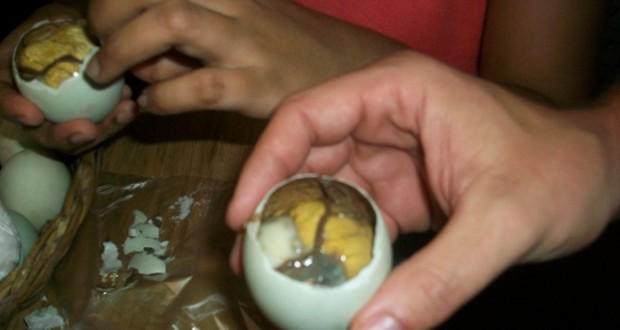
If you have a black fingernail, you may be wondering whether it is caused by a fungal infection under the nail. This may well be the case, however, other things can cause a nail to turn black, so it’s important to consider other possibilities and perhaps consult your doctor before jumping to conclusions.
Fungal infection of fingernails and toenails is called onychomycosis. Only a few species of fungus are capable of invading human hair and nails – they often gain access through a break in the skin or under the nail at the tip of the finger or toe. Because they derive their nutrients from the protein found in human nails and dead skin cells, these fungi do not invade healthy tissue. Instead, they invade the matrix of the nail itself and grow there, causing a black fingernail or toenail.
Onychomycosis is quite common: more than ten percent of the North American population will experience a fungal nail infection at some time in their lives: it is probably the most common cause of nail abnormalities in the general population, however, there are other causes. A blow to the affected nail is the most obvious alternative. When a nail or the root of a nail is struck so that blood vessels are broken and a bruise forms under the nail, a black area develops that takes a very long time to clear up. Depending on the severity of the bleeding, the whole nail or only part of the nail will be affected. Nails grow very slowly and bruises are similarly slow to disappear even after soreness subsides – a black nail that persists long after the initial injury is no cause for alarm. It will grow out in time.
Nail injuries are, however, the route of entry for other organism that can either live in and under the nail without causing a problem or set up an infection in exposed tissue. Some species of bacteria are known to colonize spaces in nail beds without causing infection. Some of these bacteria produce color changes, though shades of green are more typical than black. The bacterial colonies can persist for long periods of time without causing noticeable inflammation. Various species of yeast can set up severe and progressive infections of the nail bed and tissues around the nail, however these infections usually do not cause a black fingernail, and are generally severe enough that the need for medical attention is obvious. Yeast infections are, in fact, another form of onychomycosis.
If you have not suffered a nail injury and your black fingernail is slowly progressing and causing the nail to become thick, deformed, and crumbly, you may have true onychomycosis. Typically, infected nails are white, yellow, brown or black, and variations on these shades may be present. The infection often starts on a toenail and progresses to other toes and fingers, and is very resistant to treatment. If you suspect you have a fungal nail infection, make an appointment with your physician for a proper diagnosis.

Source by R. Drysdale
 Vitamin Agent The Health & Naturalistic Source
Vitamin Agent The Health & Naturalistic Source





